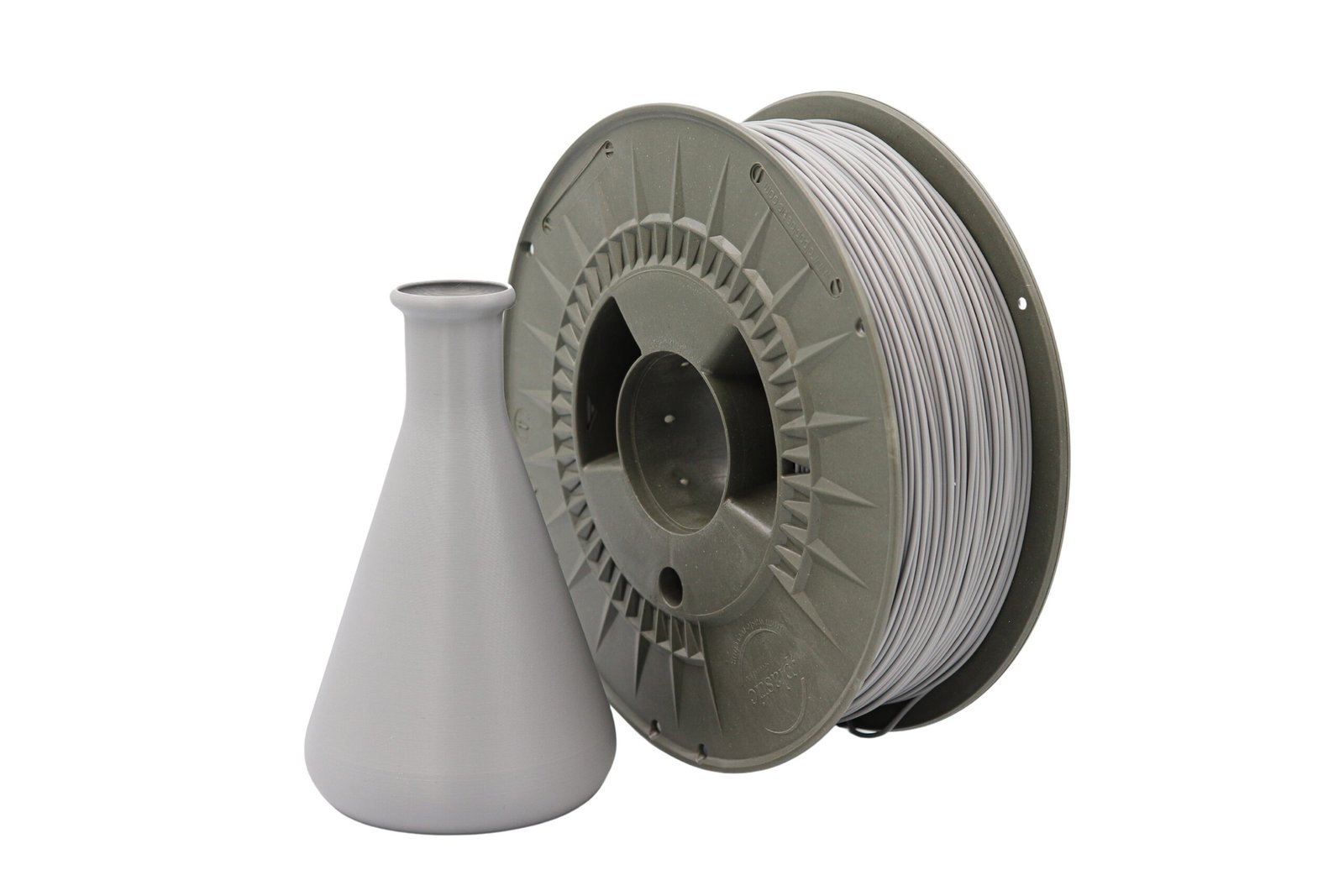Introduction
In 2026, the world of 3D printing continues to evolve at breakneck speed. Among the most widely used filaments, PLA and PLA+ remain at the center of countless debates among hobbyists, educators, and professionals alike. While both share the same foundation — polylactic acid derived from renewable sources such as corn starch — their properties and performance can differ significantly. This guide dives deep into what truly separates PLA+ from standard PLA, exploring how far these materials have come and which one is best suited for your 2026 printing needs.
What Is PLA and What Is PLA+
What Is Standard PLA?
PLA (Polylactic Acid) is one of the oldest and most popular 3D printing materials for FDM (Fused Deposition Modeling) printers. It’s a bioplastic made from natural raw materials, making it environmentally friendly and easy to print. PLA requires lower temperatures (around 190–210°C), adheres well to beds without special coatings, and produces minimal odor during printing. Its simplicity has made it a go-to choice for beginners, schools, and designers who value ease of use and surface finish. However, its downsides include brittleness, lower heat resistance, and a tendency to warp under mechanical stress.
What Is PLA+ (PLA Plus)?
PLA+, short for “PLA Plus,” is an enhanced version of traditional PLA developed by manufacturers to address its key limitations. While formulations vary across brands, PLA+ generally includes additives or co-polymers that improve flexibility, durability, and temperature resistance. In essence, PLA+ was created to bridge the gap between beginner-friendly PLA and more robust materials like PETG or ABS, offering better performance while keeping the same ease of use that users love.
Key Differences Between PLA and PLA+ (2026 Update)
Mechanical & Physical Properties
One of the most significant differences lies in mechanical strength and toughness. PLA+ is less brittle and more impact-resistant, allowing printed parts to withstand greater stress without cracking. For example, PLA+ parts in 2026 typically demonstrate 10–20% higher tensile strength and improved elongation at break compared to standard PLA. Additionally, PLA+ exhibits better flexibility, making it ideal for functional prints such as brackets, tools, or parts that endure mild stress.
Printability & Processing Conditions
When it comes to printability, both materials remain user-friendly, but PLA+ requires slightly higher extrusion temperatures (200–230°C) to achieve optimal flow and adhesion. It can handle faster print speeds and delivers smoother layer bonding, reducing visible seams. Standard PLA, on the other hand, is still the easiest filament for newcomers — less tuning, lower temperatures, and near-perfect reliability. For multi-material setups or printers with unheated beds, PLA remains the simpler choice.
Thermal & Environmental Behavior
PLA’s heat deflection temperature hovers around 55°C, making it unsuitable for high-temperature environments. PLA+, however, can reach 65–75°C depending on the brand, providing improved dimensional stability under moderate heat. Environmental resistance also favors PLA+. Modern formulations include UV stabilizers and anti-moisture additives, which help preserve part integrity in outdoor or humid conditions.
Availability & Material Ecosystem
In 2026, both PLA and PLA+ are widely available, but PLA+ has seen massive adoption thanks to its balanced performance. Leading filament producers now offer extended color palettes, matte finishes, and carbon-fiber–reinforced PLA+ variants. As more printers incorporate all-metal hotends and direct-drive extruders, PLA+ compatibility has become universal, removing many of the earlier limitations tied to higher print temperatures.
Storage, Handling & Longevity
Both materials are sensitive to moisture, but PLA+ generally absorbs less water due to its improved polymer structure. Filament stored in a dry box or airtight container with desiccants can last years. When exposed to humidity, however, standard PLA tends to degrade faster, leading to stringing or weaker layers.
Cost & Value Proposition
The price gap between PLA and PLA+ has narrowed significantly. While PLA+ may cost 5–10% more per kilogram, the reduced print failure rate and higher durability often offset the extra cost. For users seeking reliable, long-lasting prints, the investment is well justified.
When to Use PLA vs PLA+ (Use Cases & Recommendations)
Best Use Cases for Standard PLA
If your projects focus on visual prototypes, decorative pieces, or low-stress parts, PLA remains unbeatable for simplicity. It’s perfect for:
- Rapid prototyping
- Educational models
- Miniatures or cosplay items
- Architectural concepts
Its low cost and ease of printing make it a top choice for classrooms, hobbyists, and 3D printing newcomers.
Best Use Cases for PLA+
PLA+ shines when performance and reliability matter. It’s the go-to material for:
- Functional parts and mechanical models
- Enclosures, brackets, and fixtures
- Everyday-use items that require slight flexibility
- Projects exposed to mild heat or sunlight
For professional makers and small businesses, PLA+ offers a superior return on quality without requiring the jump to more demanding materials like PETG or ABS.
Decision Guide
If you prioritize speed, cost, and aesthetics, go with standard PLA. If you need toughness, better temperature tolerance, and longevity, PLA+ is the smarter 2026 upgrade.
Challenges, Trade-Offs & Tips
While PLA+ offers clear advantages, it can require fine-tuning retraction and cooling settings to avoid stringing or blobs. Some brands vary in consistency, so running small test prints helps determine ideal parameters. To maximize lifespan:
- Keep filament dry and stored properly.
- Use a heated bed (50–60°C) for PLA+.
- Enable part cooling for smoother finishes.
- Experiment with annealing to enhance thermal stability.
Summary & Takeaways
The PLA vs PLA+ debate in 2026 boils down to a choice between convenience and performance. PLA remains the best filament for beginners and aesthetic prints, offering dependable results with minimal effort. PLA+, however, has matured into a versatile, performance-driven material that balances strength, flexibility, and printability — ideal for users ready to step up their 3D printing game. For most modern printers, PLA+ is worth the upgrade. It embodies the evolution of accessible materials in the 3D printing landscape — delivering professional results without complexity. Whether you’re designing prototypes or durable end-use parts, knowing the strengths of each material ensures your prints stand the test of time.

